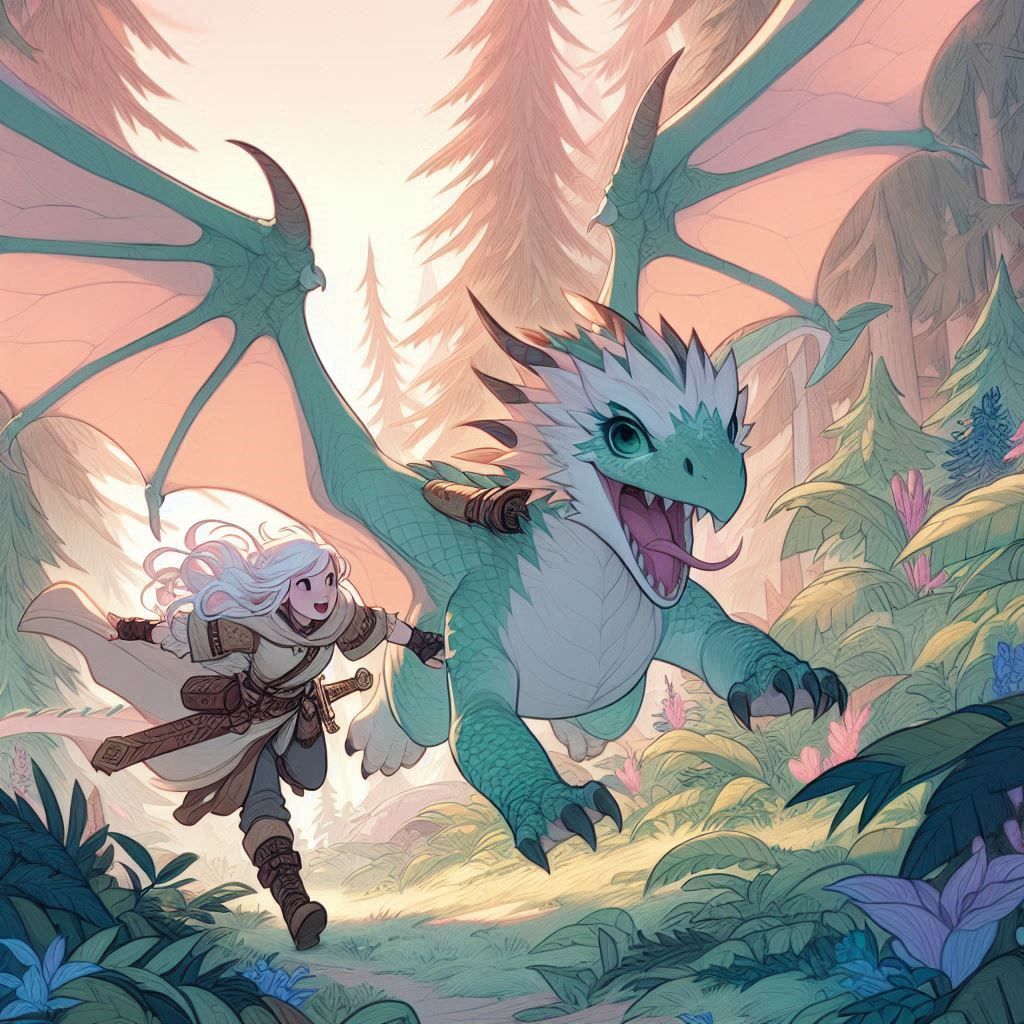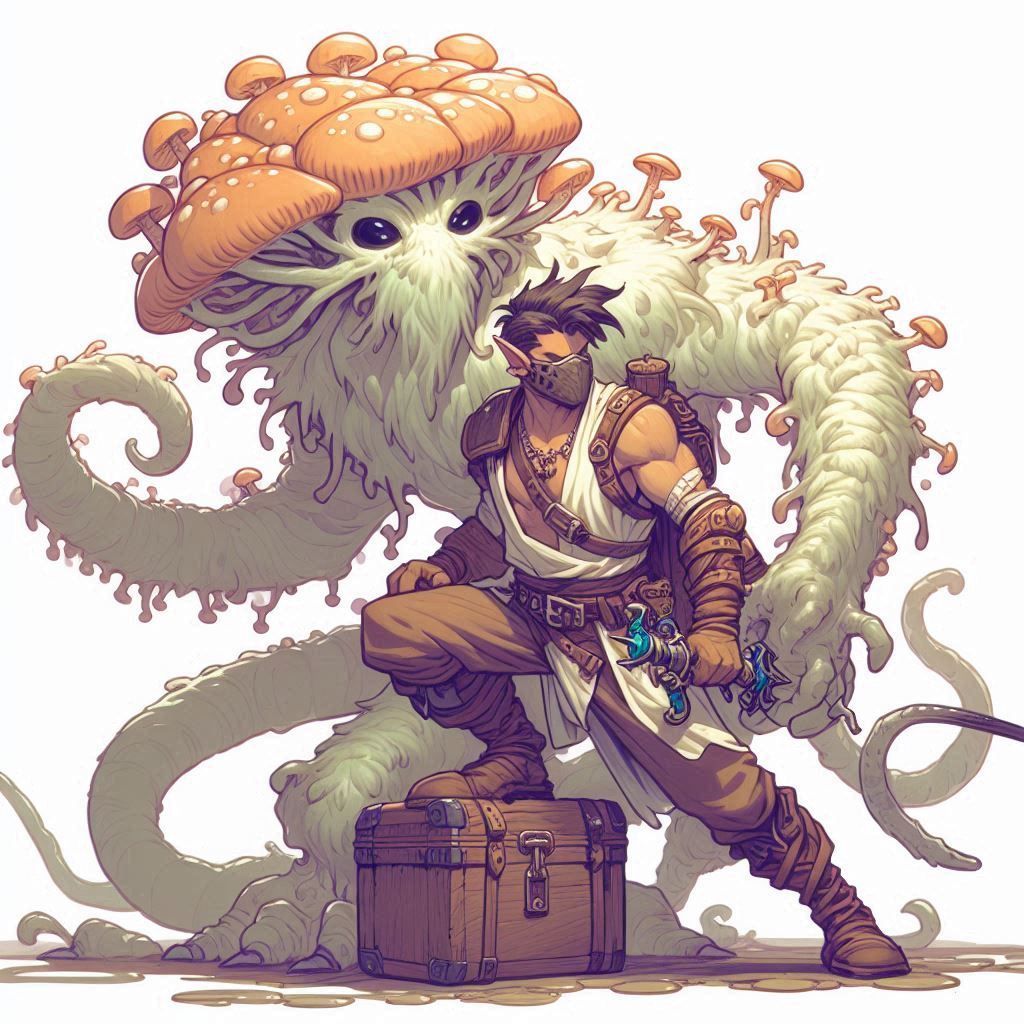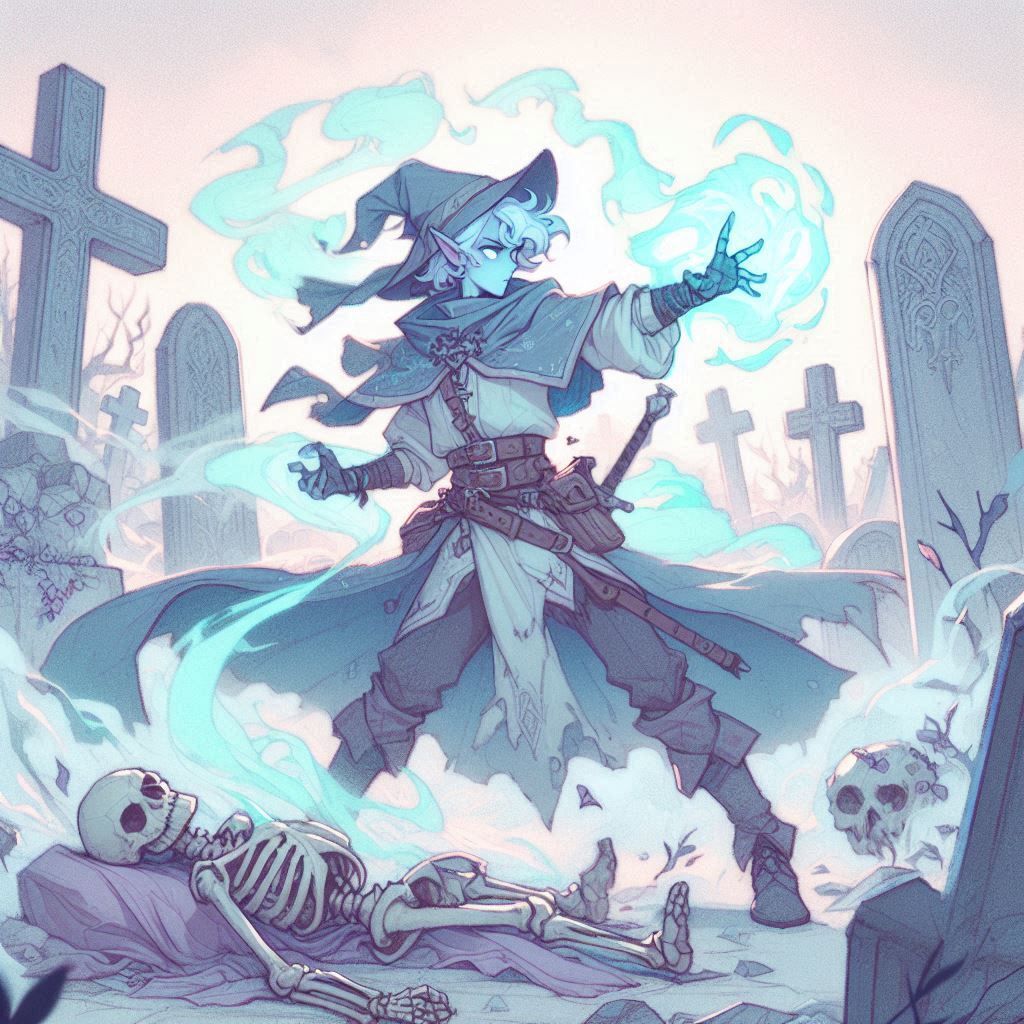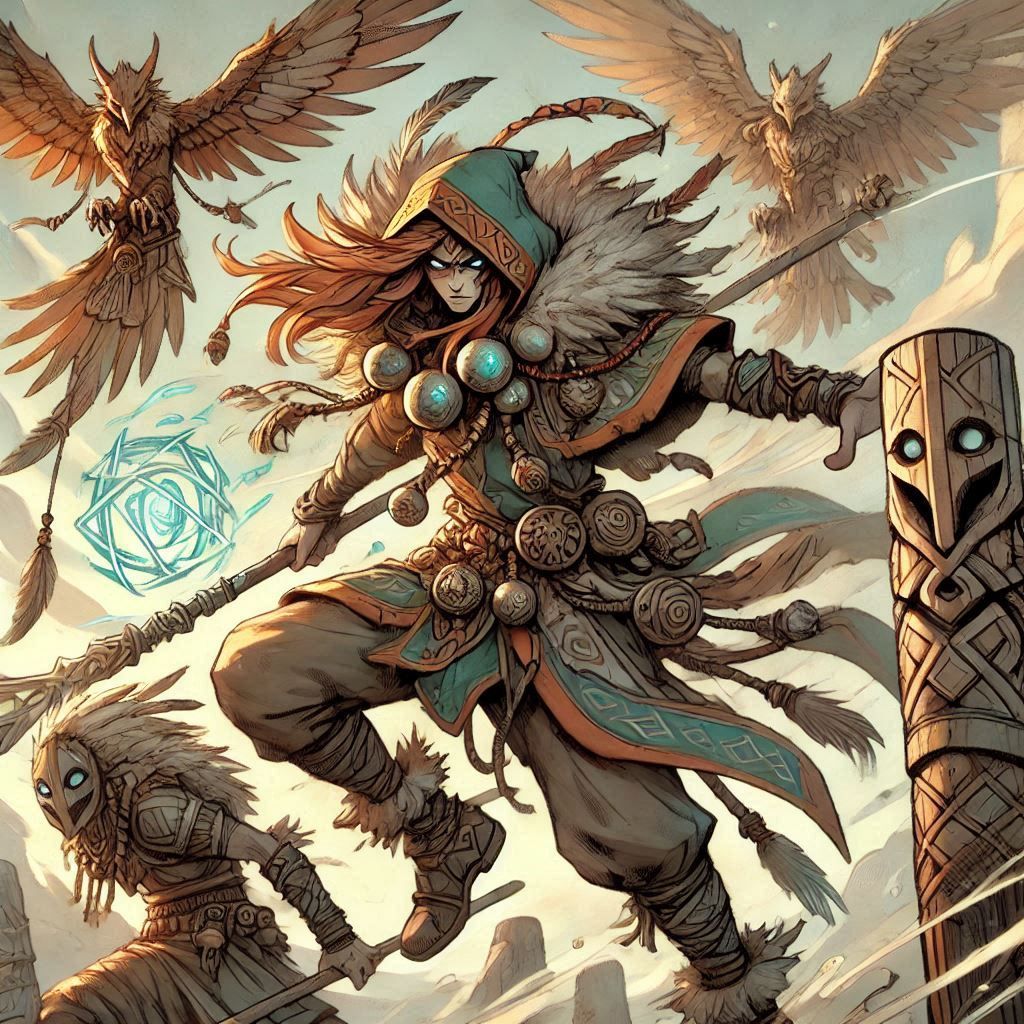You learn the Goodberry spell, and it does not count against the number of spells you know. When you cast Goodberry, each berry restores hit points equal to half your proficiency bonus (rounded down). You can cast Goodberry once per long rest without expending a spell slot.
Once you use this feature, you cannot use it again until you finish a long rest.
You can use this feature once per long rest without expending a 6th-level or higher spell slot. If you expend a spell slot of 7th level or higher, the healing increases by 1d8 for each slot level above 6th.








